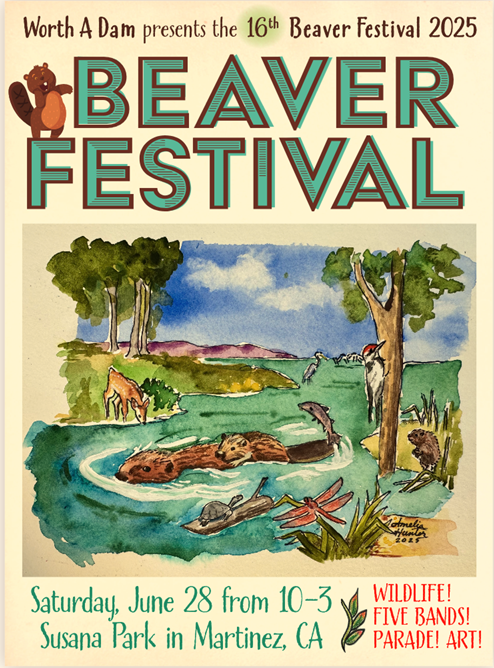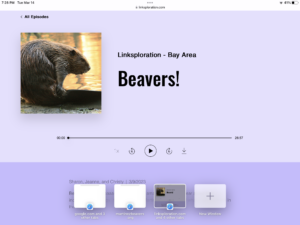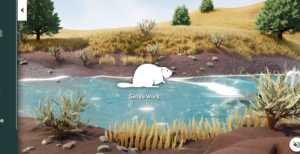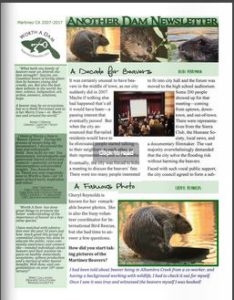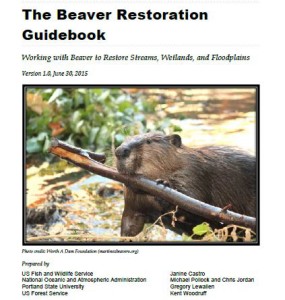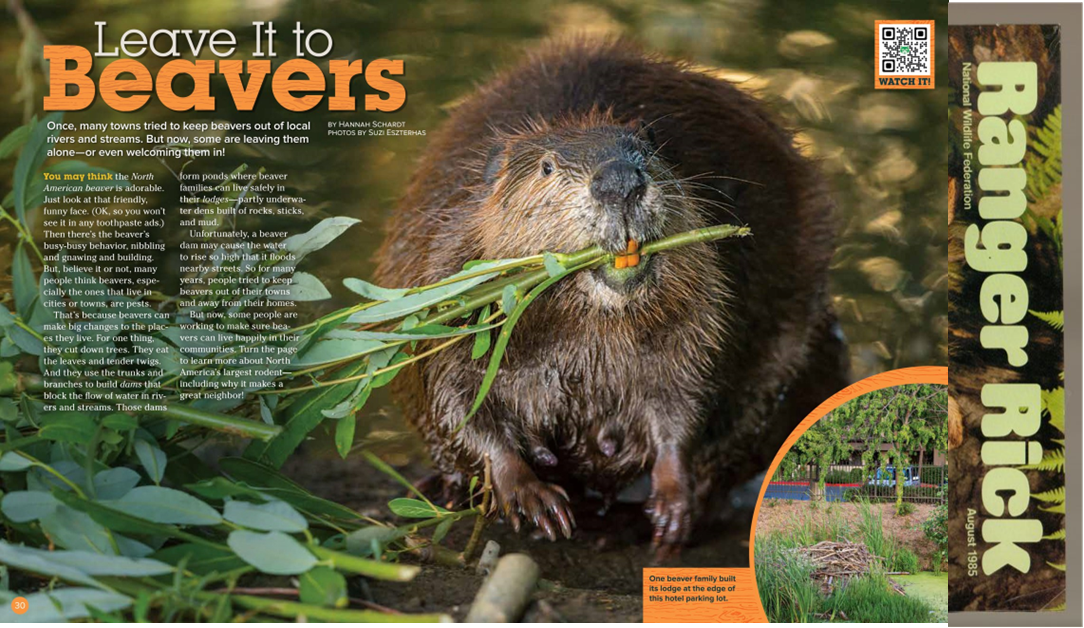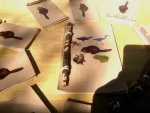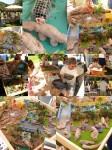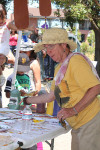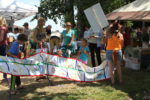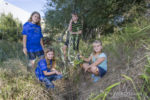 The smith canal takes water from the San Joaquin river in to the interior of Stockton to feed Yosemite lake just south of the University of the Pacific. It was originally created as a passage way for barge ships carrying or picking up agriculture to and from the region. It is now lined with homes and docks for pleasure boats. American legion park houses the old barge turn around point which is now called a ‘lake’ and lined with trees for recreation.
The smith canal takes water from the San Joaquin river in to the interior of Stockton to feed Yosemite lake just south of the University of the Pacific. It was originally created as a passage way for barge ships carrying or picking up agriculture to and from the region. It is now lined with homes and docks for pleasure boats. American legion park houses the old barge turn around point which is now called a ‘lake’ and lined with trees for recreation.
Gee, I wonder if anyone we know is enjoying those trees.
Fitzgerald: A modest proposal for smith canal
Beaver or beavers unknown are gnawing down trees around the lake in American Legion Park.
Mark Farnsworth, who with wife Liz spotted unmistakable beaver chew marks while walking their dog, said he believes the beavers are not building a dam but a lodge.

“These guys don’t have a stream to block,” opined Farnsworth. “They’ll build a den down lower.”
Beavers build DIY dams on streams to surround their mud-and-wood lodges with a pond as protection from predators. They also eat underbark. The North American Beaver used to be so prevalent around Stockton that city founder Charles Weber nicknamed Stockton “Castoria,” after the beaver’s Latin name, Castor Canadensis.
“We’re unaware of that issue happening,” stated Offi
cer Joseph Silva, spokesman for the Stockton Police Department, which includes the Animal Services Division.
Silva added, “Our Animal Control officers are only equipped to deal with domesticated animals.”
As fate would have it, there’s a long-running controversy over a flood control gate proposed for nearby Smith Canal, which feeds the lake. Perhaps, instead of spending millions, flood control officials should just step back let nature tak e its course.
e its course.
Hmm. Isn’t that a very interesting column? Mr. Fitzgerald thank you! Although being in Stockton which depends so dearly on its levees, the odds of these or any beaver being allowed to do their work is zero percent. If once upon a time the area was so full of beavers it was nearly called “Castoria”, that is because it was so full of marshy water and reeds there was little space to build anything at all. The creation of levees divided up the town into actual land and actual water, and the area guards those levees with its very life – for a good reason. Their great worry is that a beaver or muskrat wikl burrow into a bank, weaken the levee and send the whole place underwater. They spend considerable time and money every year trapping out whatever threats they can find.
Which is why I like this article so much. If there’s one thing folks from Stockton hate more than beavers, its wasting their hard-earned money. Telling them they could save some by letting these beavers live will likely lead to some interesting head-scratching.
Last night was an awesome beaver advocacy battery recharge. The raviolis were delicious, the company was lively, and the wine was free-flowing. To start the evening everyone took a little field-trip to Susana Park to see the site of the new festival next year. There was much delight to imagine where tents and trailers could go and how the park would look with a giant chalk beaver pond in the middle.
There are a precious few things that make you feel like the beaver decade is starting out on the right foot – er paw. But this was definitely one of them.

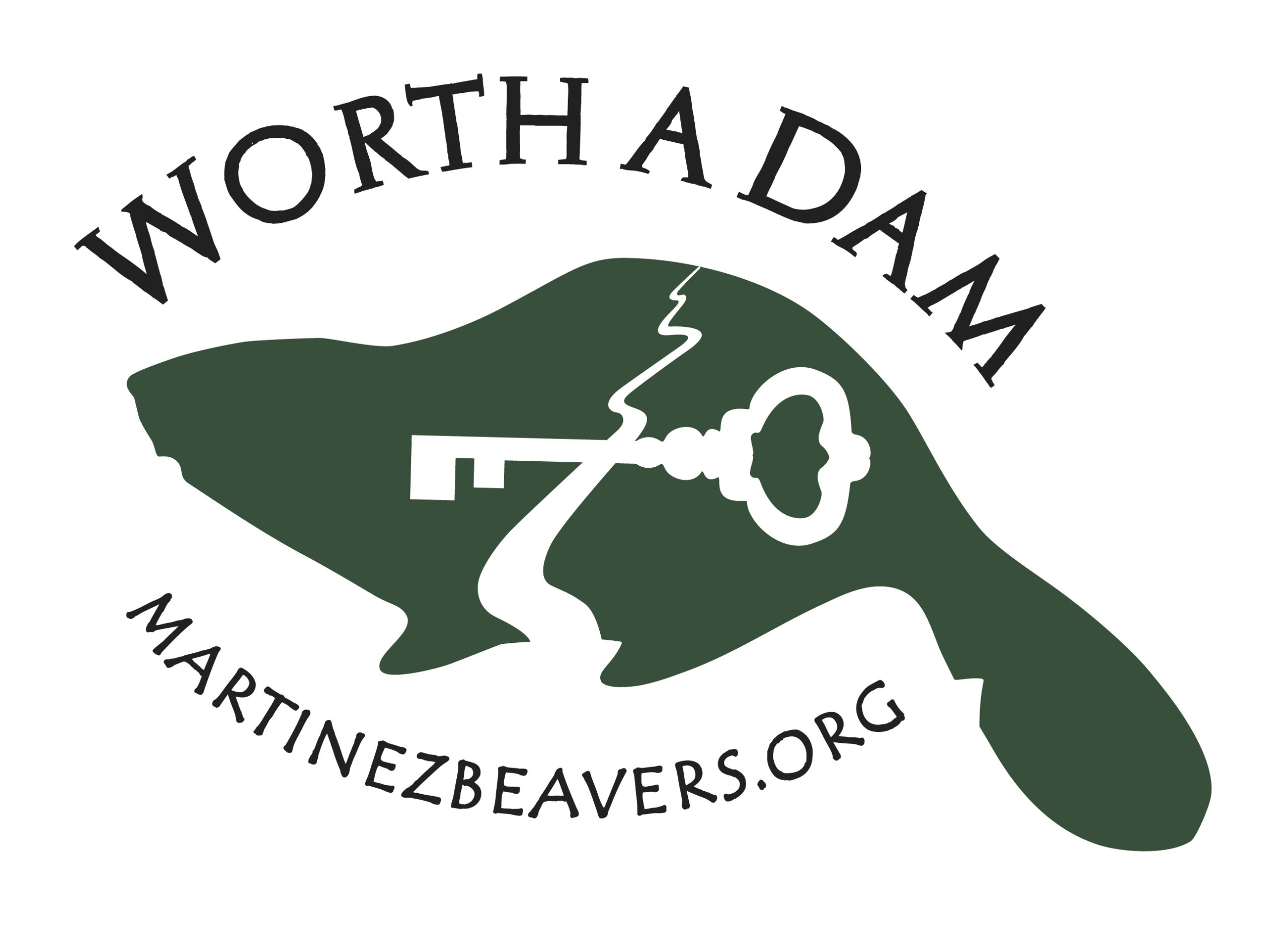

 Three beavers died in the first phase of the controversial Scottish Natural Heritage operation, which was ordered by Environment Secretary Roseanna Cunningham last year. And now, Labour MSP David Stewart is backing conservation charity Trees For Life in its calls for a consultation before any further trapping takes place near Beauly.
Three beavers died in the first phase of the controversial Scottish Natural Heritage operation, which was ordered by Environment Secretary Roseanna Cunningham last year. And now, Labour MSP David Stewart is backing conservation charity Trees For Life in its calls for a consultation before any further trapping takes place near Beauly. ???
???

 Apparently this Forbes was thinking the exact same thing.
Apparently this Forbes was thinking the exact same thing. This wasn’t exactly welcome news, since it brought up fears that an environmental lawsuit might derail his ranch operations. “It was the worry a lot of us had at one point, that you didn’t have any control over your own property,” he said.
This wasn’t exactly welcome news, since it brought up fears that an environmental lawsuit might derail his ranch operations. “It was the worry a lot of us had at one point, that you didn’t have any control over your own property,” he said. When I was a young fella and still living in Maine, one of the greatest things you could run across in the wild was a beaver dam. Most of the streams and brooks in my area held populations of wild brook trout. A beaver dam on a trout brook meant one thing to me. Bigger trout!
When I was a young fella and still living in Maine, one of the greatest things you could run across in the wild was a beaver dam. Most of the streams and brooks in my area held populations of wild brook trout. A beaver dam on a trout brook meant one thing to me. Bigger trout! Brook trout have to be one of the tastiest fish ever to have swum in an icy cold brook regardless of its size. In fact, after attaining a length of a foot or more, they don’t seem to taste as good. Don’t get me wrong — they are still at the top of my list of food fish no matter their length. There are no wild brook trout out here in Ohio, at least, not to my knowledge. If there were, I guarantee that Ohio’s attitude toward the beaver and its dams would change in a hurry!
Brook trout have to be one of the tastiest fish ever to have swum in an icy cold brook regardless of its size. In fact, after attaining a length of a foot or more, they don’t seem to taste as good. Don’t get me wrong — they are still at the top of my list of food fish no matter their length. There are no wild brook trout out here in Ohio, at least, not to my knowledge. If there were, I guarantee that Ohio’s attitude toward the beaver and its dams would change in a hurry!

 For conservationists, protecting biodiversity has in recent years become much less about securing new protected areas in pristine habitat and more about making room for wildlife on the margins of our own urbanized existence. Conservation now often means modifying human landscapes to do double-duty as wildlife habitat — or, more accurately, to continue functioning for wildlife even as humans colonize them for their homes, highways, and farms. There is simply no place else for animals to live.
For conservationists, protecting biodiversity has in recent years become much less about securing new protected areas in pristine habitat and more about making room for wildlife on the margins of our own urbanized existence. Conservation now often means modifying human landscapes to do double-duty as wildlife habitat — or, more accurately, to continue functioning for wildlife even as humans colonize them for their homes, highways, and farms. There is simply no place else for animals to live. Corridor protection on the grand scale has achieved remarkable results, notably with the 2,000-mile long
Corridor protection on the grand scale has achieved remarkable results, notably with the 2,000-mile long 
 But caution about the potential of our cities and suburbs as wildlife habitat is probably still a good idea. One danger is that these landscapes may become “ecological sinks” — that is, places where excess individuals from undisturbed habitat can survive, but not ultimately increase. Having straw-headed bulbuls in central Singapore does not, for instance, ensure survival of the species. Success with some more visible species may also blind us to broader but less obvious declines in other species. European rewilding, for instance, has not been rewilding for its insect population.
But caution about the potential of our cities and suburbs as wildlife habitat is probably still a good idea. One danger is that these landscapes may become “ecological sinks” — that is, places where excess individuals from undisturbed habitat can survive, but not ultimately increase. Having straw-headed bulbuls in central Singapore does not, for instance, ensure survival of the species. Success with some more visible species may also blind us to broader but less obvious declines in other species. European rewilding, for instance, has not been rewilding for its insect population.